X-hawk
gamer level 8
29215 xp
29215 xp
followers
39
39
Use my invite URL to register (this will give me kudos)
https://boardgaming.com/register/?invited_by=xhawk
profile badges




recent achievements

Rated 100 Games
Rate 100 games you have played.
Rate 100 games you have played.

Advanced Reviewer
Review 13 games and receive a total of 980 positive review ratings.
Review 13 games and receive a total of 980 positive review ratings.

Novice Advisor
Submit 10 game tips, strategies, or house rules and receive a total of 270 positive ratings.
Submit 10 game tips, strategies, or house rules and receive a total of 270 positive ratings.

El Dorado
Explore select games by completing a series of exploration actions ...learn more »
Explore select games by completing a series of exploration actions ...learn more »
Player Stats
Critic (lvl 3)
1325 xp
1325 xp
Explorer (lvl 5)
5880 xp
5880 xp
Professor (lvl 3)
952 xp
952 xp
Reporter (lvl 3)
1149 xp
1149 xp
About Me
A game of Thrones, Mage Knight, Dominare, Mice & Mystics, Carcassonne, Lords of Waterdeep, Belfort and Pathfinder ACG. The loads of great games that comes out makes it hard on the wallet constantly 5+ games you want. After playing a lot of complex games I'm now leaning more towards games that are smaller, shorter and less complex to get more table time (also with non-gamers). This doesn't mean they have to be any less fun to play though...










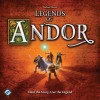











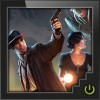
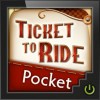
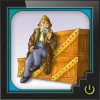

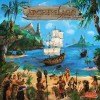


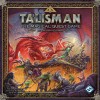


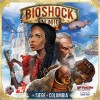



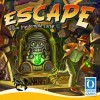
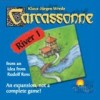

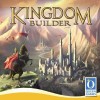

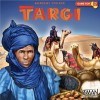



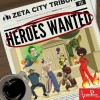
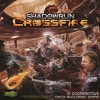





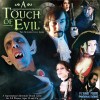



















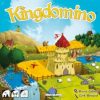




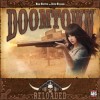







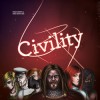








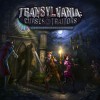

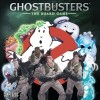

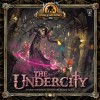
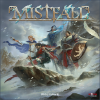



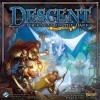







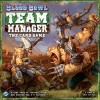





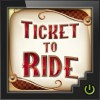

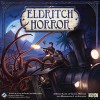

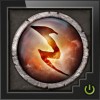
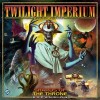


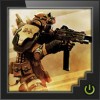












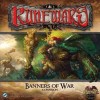



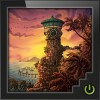







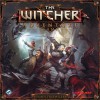

Roll Player
If you are familiar with d20 rpg character building concepts this will be an easy game to pick up for you; races, classes, ability stats, alignment and background are all implemented in this game.
And the goal of the game? To score most points after 12 rounds. Thematically? Before you enter a dungeon or a fight with your fiercest enemies.
A game round consist of chipping dice, choosing what die you want and puti it on your player mat and then useing the power of that ability score you place the die in. Then you in turn order buy an item from the market is you have the cash for it.
Sounds quite simple? It is, but when you dig a little deeper you will find more layers of tactics and meets the eye at first glance.
And I like it!
I have been wondering about getting one of the expansions (Monsters and minions) where you test your mettle against some real monsters so that when your character is build the game doesn’t end (like in the base game).
I am a bit unsure of how long I will be playing this as I already have played all classes solo twice and 3-4 sessions with friends.
This is a good game but there are so many times to play it before you have have experience what is has to offer.
I am glad I have added it to my collection as this is a great intro game, but I am rethinking the expansion – at least for now.